On July 30th 2014, Celine Marcq and I conducted our workshop during the eTextile Summer Camp. We used two types of inks:
CuPro-cote from Less EMF
CuPro-cote from Less EMF
and Bare conductive.
We explained how to use traditional screen printing methods and conductive ink to apply a proximity / touch sensor circuit on various paper or textile substrates.The participants created textile/paper swatches which incorporate a light or sound emitting printed circuit. The Bare conductive ink is good for creating touch sensors and the copper ink works well for circuit traces. Some participants used the inks to create a touch pad with Chibitronik parts which are ideal for paper projets.
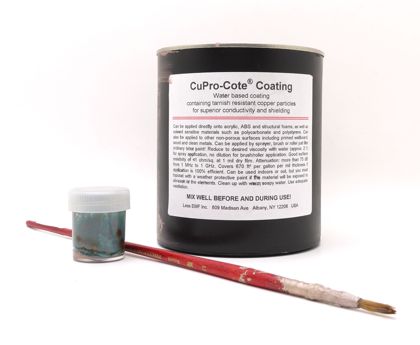
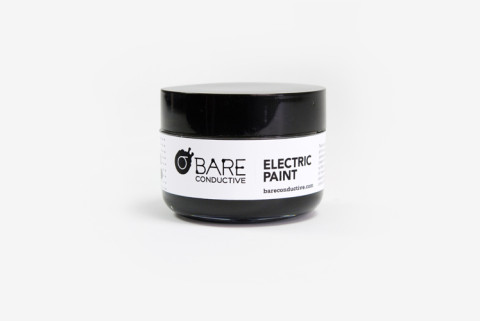


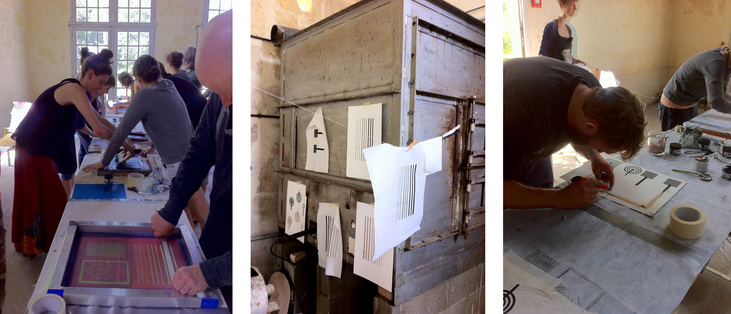
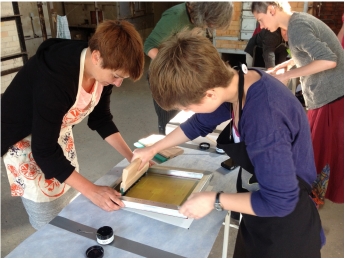
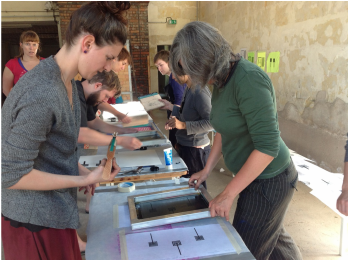

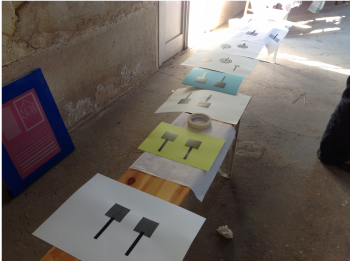
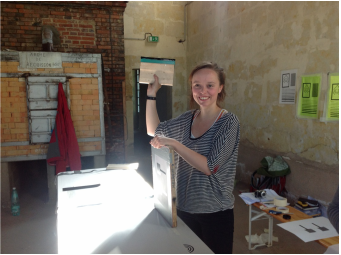
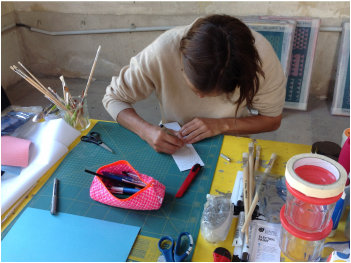

 RSS Feed
RSS Feed
